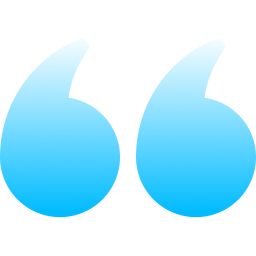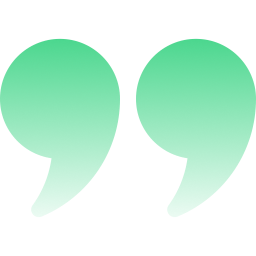How to Create the Ultimate Protocol Learning Experience
How to Create the Ultimate Protocol Learning Experience
Discover how combining textbooks with immersive VR training revolutionizes protocol learning in healthcare. This approach bridges the gap between theory and real-world action, creating confident, skilled professionals.
The Fatal Flaw of Textbook-Only Protocol Training
The human brain wasn't designed to memorize abstract procedures from flat pages of text. When medical students, emergency responders, or healthcare workers attempt to master complex protocols through traditional textbooks alone, they're fighting against fundamental principles of how memory actually works. This is precisely why virtual reality in healthcare education has emerged as a game-changing solution. Textbooks present information in a linear, two-dimensional format that disconnects knowledge from context, making it nearly impossible for learners to build the robust neural pathways needed for reliable protocol execution under pressure. The result? Professionals who can recite steps on paper but freeze when faced with real-world scenarios where lives hang in the balance.
Why Abstract Learning Fails Under Pressure
Traditional textbook learning relies heavily on rote memorization and visual processing alone, engaging only a fraction of our cognitive resources. When you read about performing CPR compressions at "100-120 beats per minute with a depth of 2-2.4 inches," your brain processes this as abstract numbers rather than embodied knowledge. The disconnect between theoretical understanding and practical application creates what cognitive scientists call the "transfer problem" – the inability to apply learned information in novel situations. This explains why medical residents who ace written exams sometimes struggle during their first emergency room rotations, highlighting the urgent need for VR medical training solutions. Factory workers who memorize safety protocols through traditional methods often make critical errors during equipment malfunctions for the same reason.

True protocol mastery happens when theory meets immersive experience—where textbooks end, VR begins.

How VR Transforms Protocol Understanding
Virtual reality transforms protocol learning by activating multiple sensory channels simultaneously and embedding knowledge within realistic contexts. When learners practice intubation procedures through virtual reality medical training, they're not just reading about laryngoscope positioning – they're physically manipulating virtual instruments, feeling haptic feedback, and navigating the spatial relationships that define successful execution. This multi-sensory engagement triggers what neuroscientists call "embodied cognition," where knowledge becomes integrated with physical movement patterns and spatial awareness. VR in medical education creates richer, more durable memory traces because the learning experience mirrors the actual performance environment.
The Winning Combination: Textbooks + VR
The true power lies in combining both approaches strategically within virtual reality medical education frameworks. Textbooks provide the essential foundation – the theoretical framework, detailed explanations, and comprehensive reference material that learners need to understand the "why" behind each protocol step. VR medical technology then transforms this abstract knowledge into embodied experience through consequence-free repetition within high-fidelity simulations. A nurse who first studies medication administration protocols in textbooks, then practices countless variations through VR for medical training – encountering patients with different body types, varying levels of consciousness, or unexpected complications, develops both deep theoretical understanding and flexible practical skills. This dual approach builds what psychologists call "desirable difficulties," strengthening memory through strategic challenges that make knowledge more retrievable. When these professionals face real emergencies, they access both the comprehensive knowledge base from textbooks and the embodied memories of successful actions performed in virtual environments, creating the most robust and reliable protocol execution possible.

To Stay Updated
Latest Blogs
How to Use MediSim VR's Skill Training in Virtual Environment (STRIV) as a Medical and Nursing Student
By KAVYA • 6-minute read
How to Create the Ultimate Protocol Learning Experience
By KAVYA • 5-minute read
Rethinking OSCE Prep: Why VR Is the Missing Piece
By KAVYA • 4-minute read
